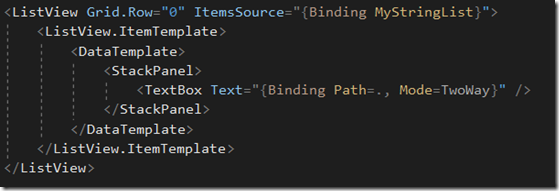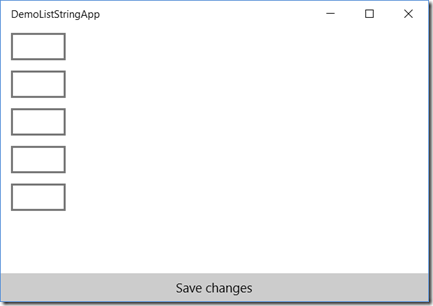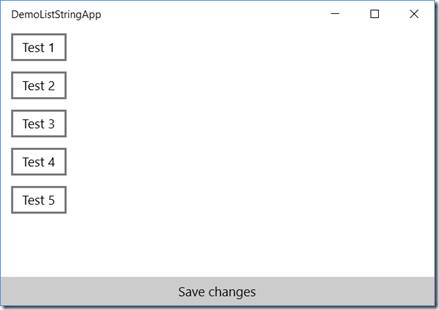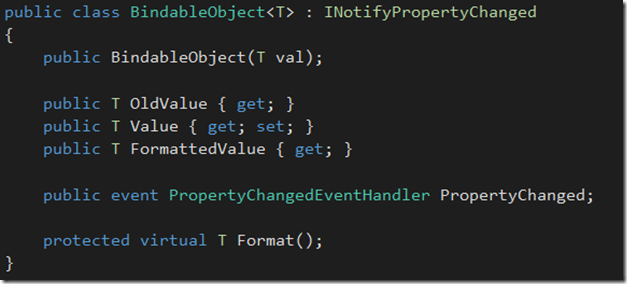Prologue
Few days ago I was working on a simple WPF application using all the best practices I’ve learned during these years:
- Singleton
- Code grouping
- Inversion of Control
- Mvvm pattern
- Properties binding
but at some point I faced with an issue that made me crazy!
The problem
In my simple application I had to load a list of words from a file and then show them into a simple list, giving the possibility to the user to change one of these words by clicking a “Edit” button. I know… You are thinking “come on! this is the simplest exercise I’ve ever done using Mvvm Pattern! What’s wrong with this?” Okay, let me explain it showing you some screenshots: This is the code I wrote in XAML page for the list

As you may notice I’ve used a simple ListView with a binded ItemSource (I’m not showing you the details of the Mvvm implementation since it doesn’t matter) and I’ve defined a simple DataTemplate for the list items.
Note: since the MyStringList object is an **ObservableCollection

My first thoughts:
- is the list correctly initialized?
- is the binding process working?
- am I using a “raisable” object?
So I started debugging the View Model initialization to be sure that the ObservableCollection was correctly instantiated and then I checked in the View’s code behind that the DataContext property was correctly setted. All was fine… To be sure about the binding process I decided to remove the Mode=TwoWay from the Binding definition, just to see if the values were at least showed in read-only mode.

And… I was totally confused! What’s wrong with that code? Why binding a string is not working with the TwoWay mode?
Eureka!
After a quick chat with a colleague he suggested to me to encapsulate that string in a container object, and bind the property to Container.Value instead of the value itself, because the binding problem could be related to the code notation:
{Binding Path=., Mode=TwoWay}
As a result of this test, the bi-directional binding was now working… for an unexplainable reason:
- binding the Text property to a string variable **DOES NOT WORK in TwoWay**
- binding the Text property to a **Value** field (of string type) inside a container object **WORKS in TwoWay**
Honestly I have no idea if it’s a bug/problem or it’s just something wrong with my approach, by the way I decided to define a BindableObject class in order to bypass this issue.
The Solution
Since this issue made me mad for 45 minutes, I decided to implement an efficient and reusable solution!

As a result of this experience, I’ve coded a **BindableObject
So the new line of code for binding a value to the Text property would be:
<TextBox Text="{Binding Path=Value, Mode=TwoWay}" />
In addition to the Value property, which is the core objective of this utility class, I’ve also added a OldValue property (which is automatically set when the Value property changes) and a FormattedValue property which would return a formatted version of the Value property itself (the formatting method must be implemented and customized).
Conclusion
I have uploaded the code of this helper object to my Github repository and additionally I’ve created a Nuget package for this and all the future helpers/utilities I usually use for Mvvm projects.
Update (16/03/2017) As suggested by Tyrrrz in a comment, this issue could be related to the immutable behavior of the string type (as also described in the official documentation), so whereas binding a single string property to a TextBox works (probably because after the RaisePropertyChanged event the Text property of the component uses the new string object reference) if you define a List of strings then the TextBoxe(s) inside the ListView would always refer to the original string objects (whose value is not changing).